Check out this article on Temperature Measurement Interview Questions and Answers which are useful to crack your interview as a Instrument Engineer.
Temperature Measurement Questions
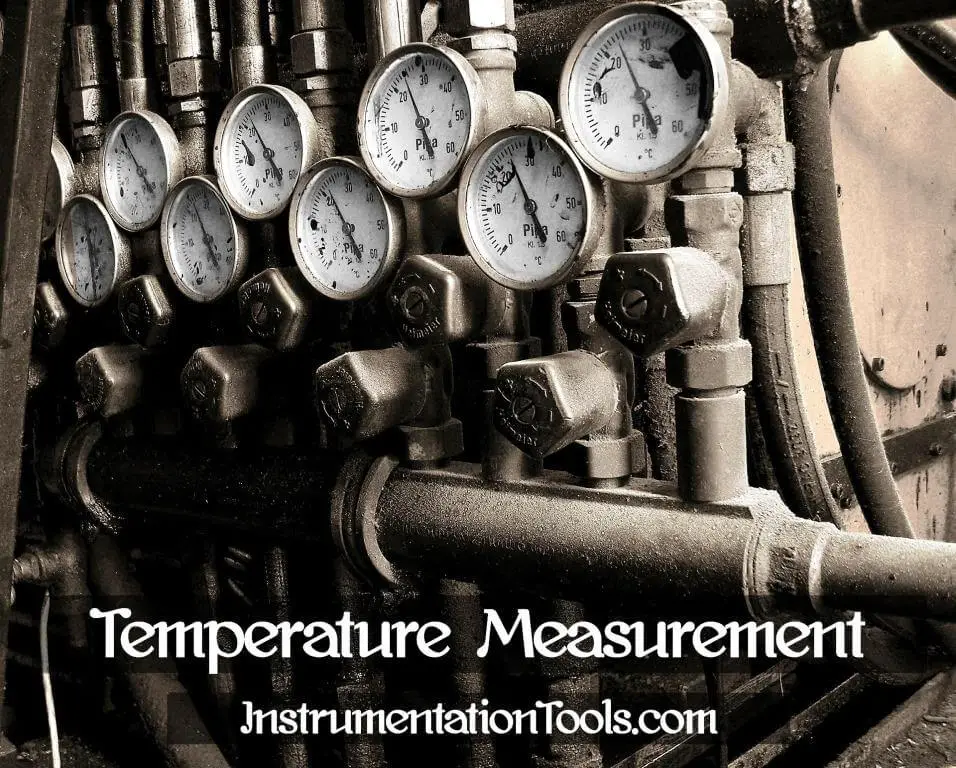
1. What instruments are used to measure temperature?
- Thermometer,
- Bi-metallic temperature indicator,
- Thermocouples,
- Resistance Temperature Detectors,
- Optical Pyrometers.
2. What is standard temperature sensors?
- Thermocouple
- RTD
3. Write the Fahrenheit to Centigrade temperature conversion formula?
Deg C = ( Deg F – 32 ) / 1.8
4. What is the difference between ‘Centigrade’ and ‘Celsius’?
It is one and the same. Celsius is the technical name. In simple words Centigrade is a scale graduated in hundred.
5.What is a thermocouple? How does it work?
Two dissimilar metals are welded (joined) at one end to form a ‘hot junction’ and the other end to form a ‘cold junction’.
When there is a temperature difference between the ‘hot’ and ‘cold’ junction a mv is produced in the loop proportional to the temperature difference.
The amount mv production by a thermocouple depends on the characteristic and type of thermocouple like ‘j’ , ‘k’ type etc.
6. What are the measuring ranges of different thermocouple?
The following thermocouples measure the temperature accurately within the specified range:
Copper- Constantan : 0-300 Deg C
Iron – Constantan : 0-600 Deg C
Chromel-Alumel : 0-1200 Deg C
Platinum-Rodhium-Platinum : 0-2000 Deg C
7. What is the name commonly used thermocouples ?
On Pump’s bearings : Iron constantan
ON Gas Turbine’s combustion chanmbers : Chromel Alumel
8. what is the name of the cable used to connect a thermocouple to a measuring instrument?
The intermediate cable used for connecting a thermocouple from the field to the control room instrument is called a ‘compensating cable’.
9.What is cold junction compensation?
‘Cold Junction Compensation’ is used in temperature measurement by means of a thermocouple. This compensation is to correct the error caused by the room (ambient) temperature.
The mv produced by a thermocouple is proportional to the temperature difference between its ‘hot’ and ‘ Cold’ junction. The cold junction is the ambient temperature (control room).
Without ‘cold junction compensation’ the temperature at the hot junction will measure inaccurately.
10. What is an RTD? How does it work?
RDT – Resistance Temperature Detector
RTD is a positive temperature coefficient resistance which provides a linear rise in its resistance verses the rise in temperature.
11. What is the commonly used RTD ?
Pt 100 platinum resistance 100 Ohms
13. What is ‘pt 100’? What is the resistance (in ohms) of a pt100 at 0 Deg C?
Pt 100 Platinum resistance which offers 100 ohms at 0 Deg C.
14. What are the advantages and disadvantages of an RTD over a thermocouple?
RTDs are accurate at a lower range of temperature measurement such as -200 Deg C to +200 Deg C.
RTDs are expensive compared to Thermocouples, also there are limitations in measuring at the higher range of temperature.
15. Why does RTD measurement use 3 wires for a field signal connection?
3 wire system is used in temperature measurement by an RTD to compensate the line resistance. Three wire system provides a Wheatstone Bridge in the measuring instrument.
16. What is a ‘bi metallic’ temperature instrument? How does it work? Give an example?
In a bi metallic temperature instrument, two metals with different temperature coefficient of expansion are attached together.
Due to its expansion characteristics the higher coefficient of expansion responds more than the lower one and a twist on the element is formed. This principle is ;used in designing temperature measuring instrument for the lower range.
Other than the filled type instruments, most of the temperature indicators are of the bimetallic types.
17. What is a ‘filled type’ temperature instrument? Give an example?
Principle of change in the liquid expansion with the change in temperature is used in designing the ‘filled type’ temperature measuring instrument.
For example : The glass thermometers, filled type capillary temperature dial indicators and switches.
Filled type temperature measuring instruments are used for lower range temperature measurement.
18. Name the instruments used to measure temperature?
Precision glass thermometers
RTD with a resistance measuring instrument in terms of Deg C or Deg F.
Thermocouple with a mv measuring instrument in terms of Deg C or Deg F.
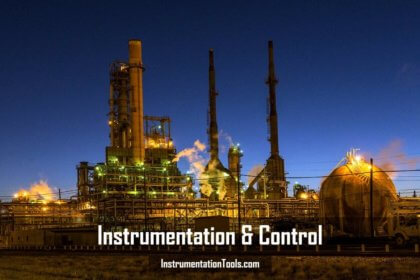
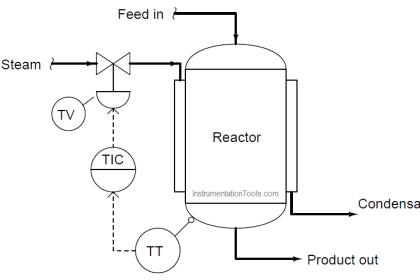
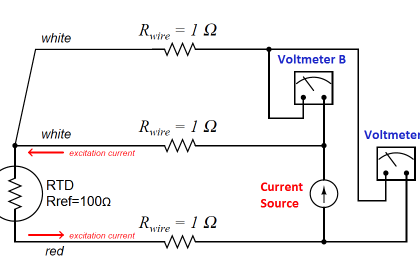
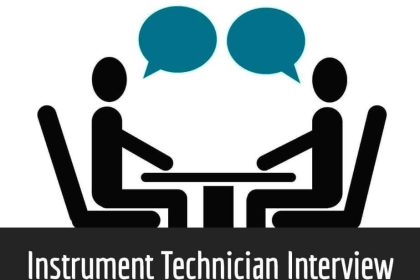
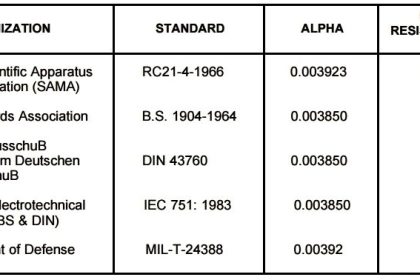

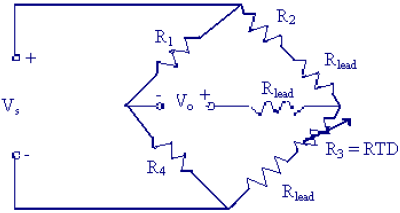
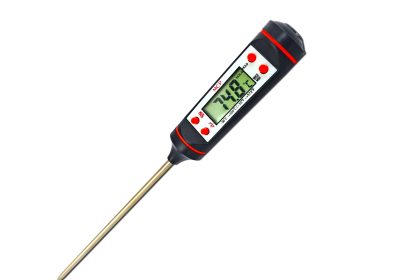

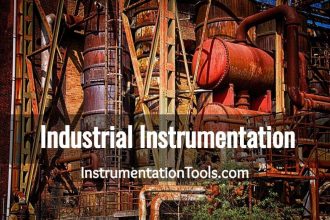
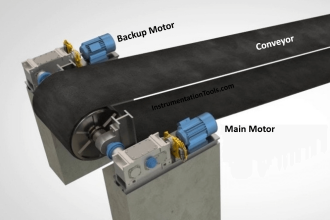
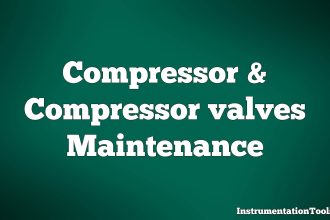
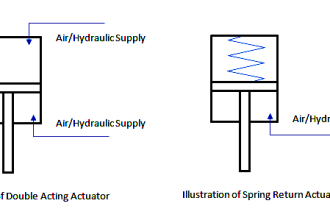
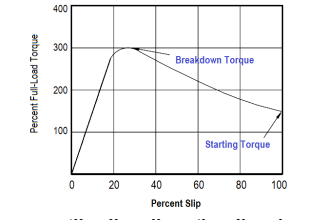
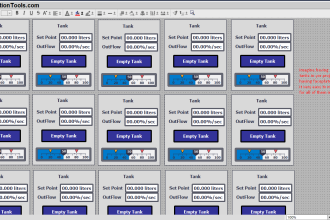


Hello friend
Your post is so helpful for me,i like it very much,thanks!
its too good….
hi this is very good
nice…..
Control valve stuck how to operate in live plant